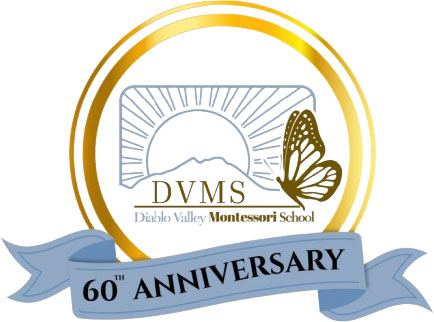Fundamental Differences Between Montessori and Traditional Education Methods
Below are the key differences between the Montessori method of education and traditional education. Notable distinctions include the incorporation of mixed-age classrooms and the emphasis on supporting each child as an individual, encouraging them to actively seek knowledge.
| What Do I Want For My Child | Public TK & K Programs | Montessori Education | Benefits of Another 3rd Year of Montessori |
Teaching Approach: Whole Child Development vs. Academic Led Development | Academic Led Development: Prioritizes meeting academic standards over social skills development. Teacher creates a lesson that all children receive as a group. | Whole Child Development: Prioritizes academic, social, and practical skill development equally. Teachers give lessons that meet each child’s unique needs. Children follow their own interests. | Your child internalizes how to think instead of what to think. Your child continues to build their confidence and love of learning by being an active participant in their learning process. Your child has the time to mature, allowing them to become an independent and self-sufficient individual with tools for time management. |
Nurturing Young Minds: Child Centered Learning vs. Standardized Learning | Standardized Curriculum: Teaches to the level of California standards. Involves periodic standardized testing and formal assessments that reflect your child’s performance only at the time of the assessment. Materials are worksheet based. | Child Centered Curriculum: Tailors the curriculum to the individual child’s needs. The child sets the standard based on how far they can go, and receives extra help if they need it. Practices real-time assessment through daily observations and record-keeping. Materials are hands-on. | Your child has the chance to reach their potential without outside limitations. Your child has all the time they need to understand any concept. Your child is empowered to go beyond state standards, expanding their overall growth. Your child’s curriculum is tailored to their own individual needs. |
Program Hours: One Option vs. Various Options | One Option: Limited to a three-hour program, in an Early Bird/Late Bird format, along with optional play-based child care around academic hours. | Various Options: DVMS offers three program options; Morning (9:00 – 12:00), Afternoon (1:00-4:00), and Full Day(9:00-4:00), along with optional play-based child care around academic hours. | Your child’s time at school is optimized. |
Age Group: Single Age Group vs. Mixed Age Group (3-6 year olds) | Single Age Group: Single age group classes ONLY. 4 Year olds in TK and 5 year olds in Kindergarten. Limits interaction with older and younger children. | Mixed Age Group: 3-6 year olds in a classroom. Older children grow leadership skills and collaboration with younger children. Collectively, all ages learn to work as a team regardless of level of skill. Younger children learn humility and grasp concepts easier by relating to their peers. | Your child’s sense of belonging and leadership skills continue to evolve through teaching their younger friends. By teaching their peers, your child demonstrates that they have truly mastered a concept vs. simply memorizing a fact for a test. |


